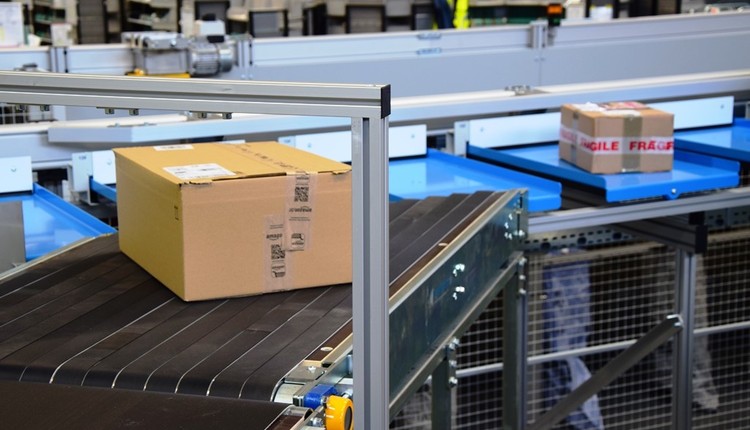Railroads (Market Weight): We spoke with a large shipper of snack food products about pricing and demand trends with the Class I rails. This shipper’s volumes are currently tracking down about 4% y/y, roughly in line with declines experienced throughout the year. However, this shipper has noticed that his customers, nearly all of whom sharply reduced inventory levels earlier in the year, are no longer in the destocking phase but continue to push back inventory replenishment further out to later dates in C09 or C10 [consistent with the findings of our recent Second-Quarter 2009 The State of the Freight shipper survey report published August 18, 2009—Wolfe Research comment]. As a result, our contact believes that demand is now bottoming out. Over the past couple of years, this shipper’s truck rates have collapsed into overcapacity and weakened demand, while rail pricing has strengthened into the rails’ focus on yields, margins, returns and cash flows. As a result, our contact’s rail pricing is currently about 8% more expensive than comparable truck rates, and he is moving as much freight as possible off the rails and onto the highways to take advantage of the low truck pricing environment and strong, reliable truck service. While about 20% of this shipper’s volumes still move via the railroads, our contact is searching for ways to move as much of this freight over to truck or intermodal as possible in the near term. According to this shipper, the rails are not showing any desire to pick up market share by cutting price.
Trucking (Market Underweight): We spoke to a large consumer staples manufacturer about the TL market and expectations into 2010. Our contact is seeing rate activity wane seasonally as most pricing is locked in for the year, though HTLD recently offered this shipper lower pricing in an attempt to win volume but did not succeed as it was still a high-cost provider for our contact. Price aggressiveness from KNX earlier this year, on the other hand, has resulted in increased volumes. Otherwise, this shipper is generally concerned that his carriers have reduced rates this year to the point where they’re no longer covering fixed costs, and he even had to step in and stop a price war between a few of his smaller carriers recently by assigning pricing and lanes to each to keep them from pricing themselves out of business. Our contact has had issues with two of his smaller carriers this summer—Monson in MN shut down in July (~150 trucks) and Evergreen in AL filed bankruptcy with $5M of DIP financing from GE Credit in early August (~350 trucks). This shipper sees a bleak situation for most carriers currently but expects a gradual recovery, though his volumes have shown no improvement yet. In this context, our contact does not see room for additional rate reductions, and is expecting TL rate increases in the 2%-3% range when contracts are renegotiated next spring.
Airfreight & Logistics (Market Underweight): We spoke with a small apparel manufacturer regarding the current ocean rate environment. While our contact believes that most of the carriers he utilizes are still running at an 80%-85% utilization level, he recently accepted a modest rate increase as part of his carriers’ rate restoration initiatives, though below what they initially proposed. While virtually all ocean carriers are attempting to increase either base rates, bunker fuel surcharges and/or peak season surcharges in an attempt to restore rates to more sustainable business levels, our contact was previously able to shift some of his volumes to a competing carrier for a notable rate discount. For his Hong Kong to L.A. shipments, this shipper currently is now paying around $3,250/FEU including the recent $250/FEU rate restoration increase (negotiated down from the proposed increase of $700/FEU), prior to a roughly $250/FEU fuel surcharge. Notwithstanding the recent increase, our contact’s rates still remain well below the roughly $4,000/FEU base rate he had paid a year ago, prior to a $700/FEU bunker fuel surcharge. This shipper is currently exporting goods from Indonesia and China to the U.S. Southeast via L.A./Long Beach. However, due to the many accessorial charges at L.A./Long Beach, this shipper was also moving some of his volume by all-water routes directly into New Orleans prior to this year’s hurricane season. On the inventory front, this shipper has drawn down his stock some 35% y/y, and believes that his company can maintain its business at these lower inventory levels even after demand picks back up.
Note: Each of the comments above represents the viewpoint of a single shipper or industry contact. They are not necessarily representative of the overall market and do not necessarily reflect the opinion of Wolfe Research unless specified.



